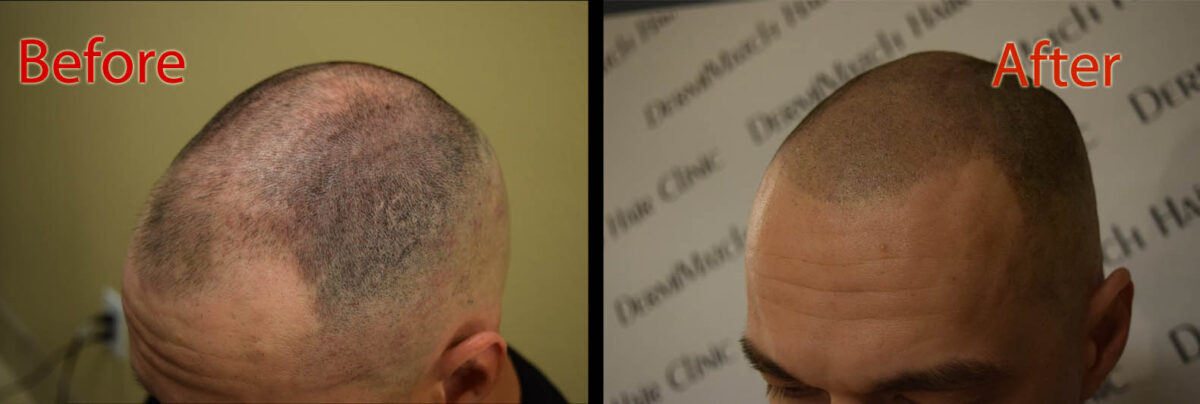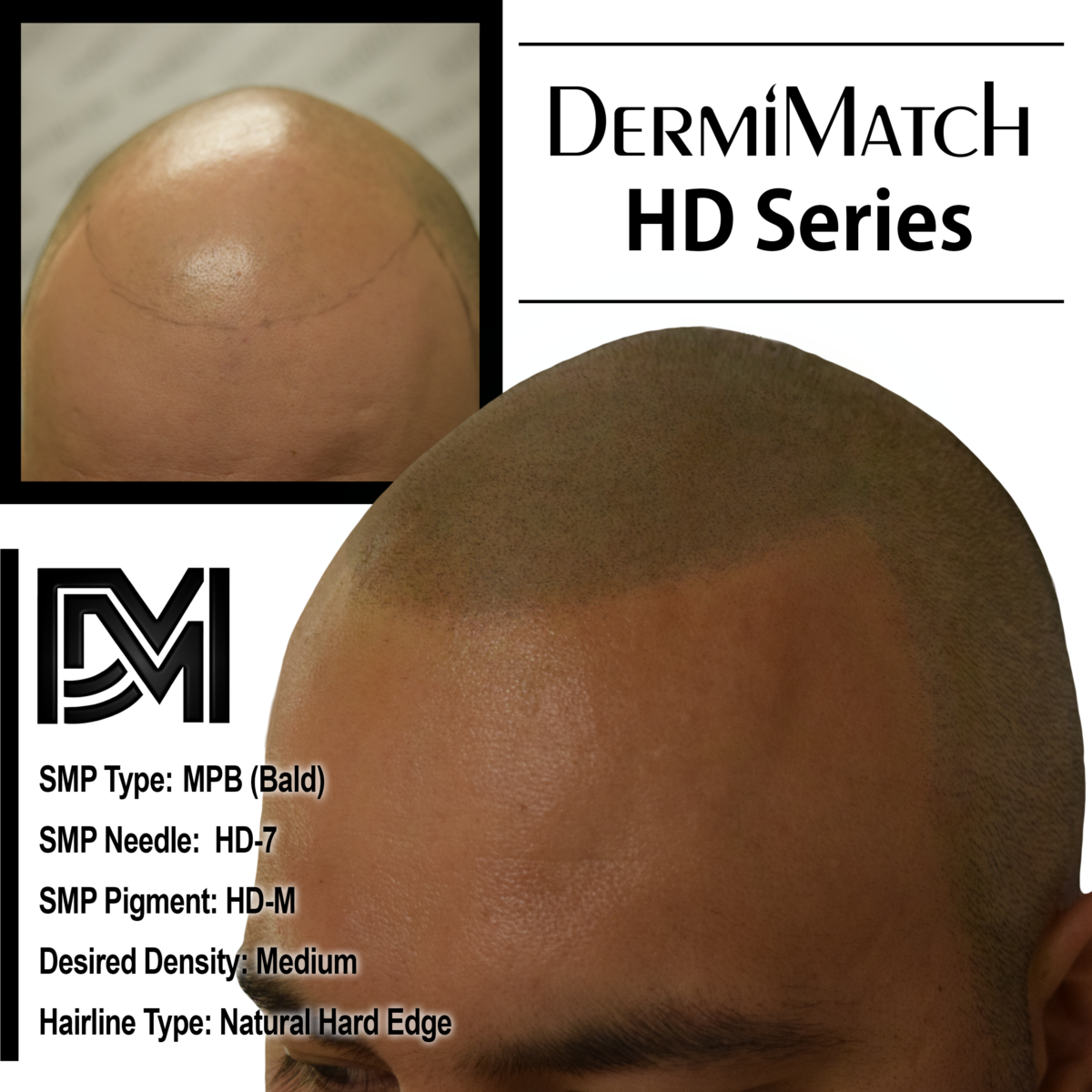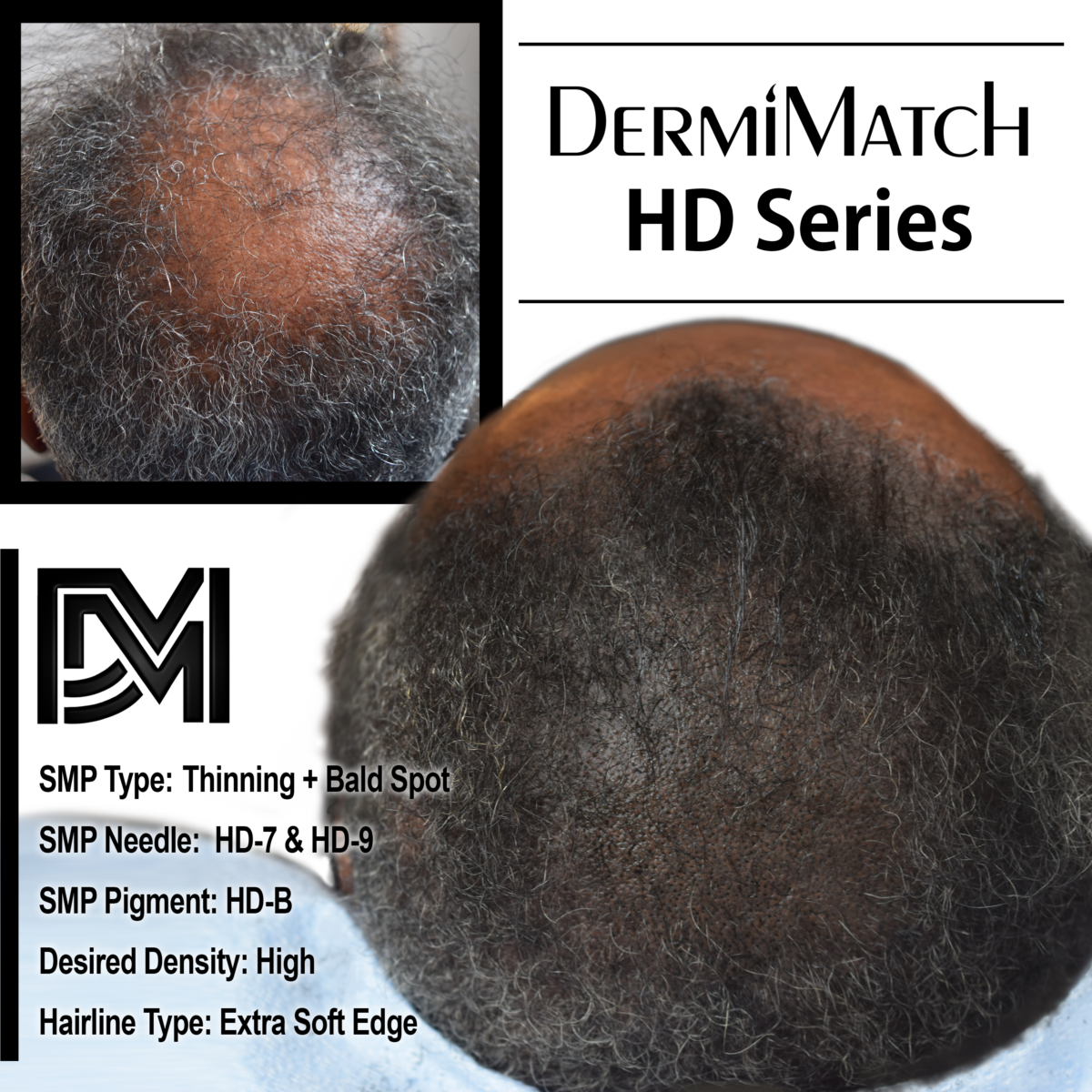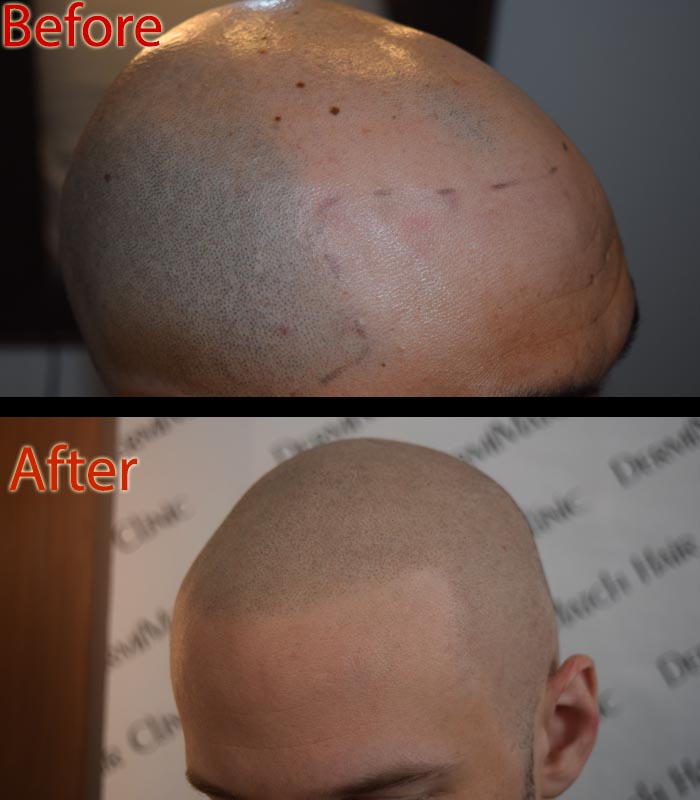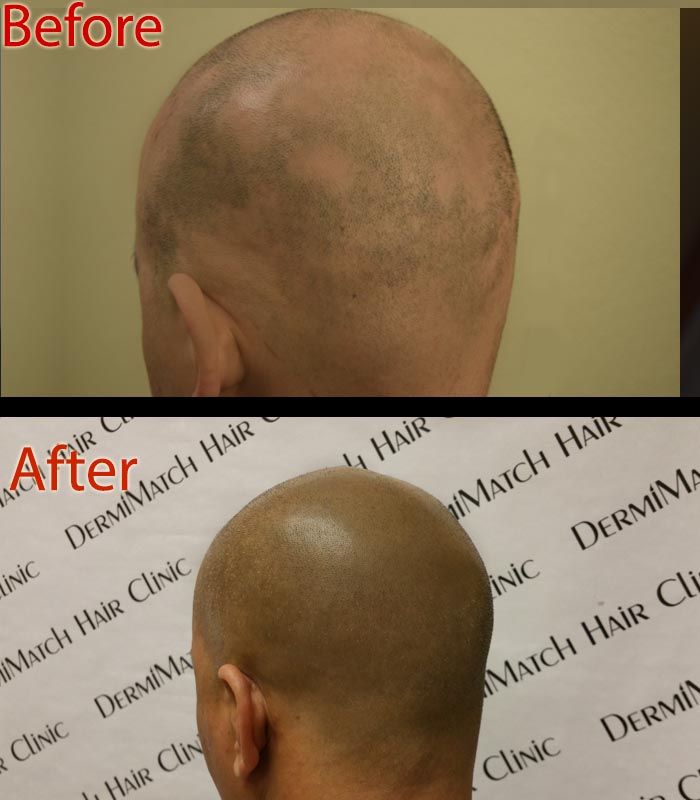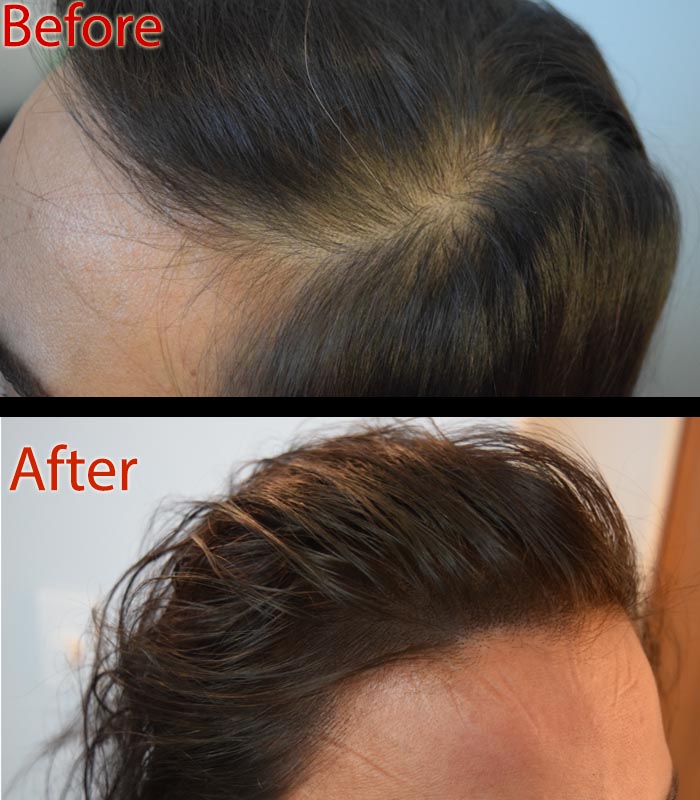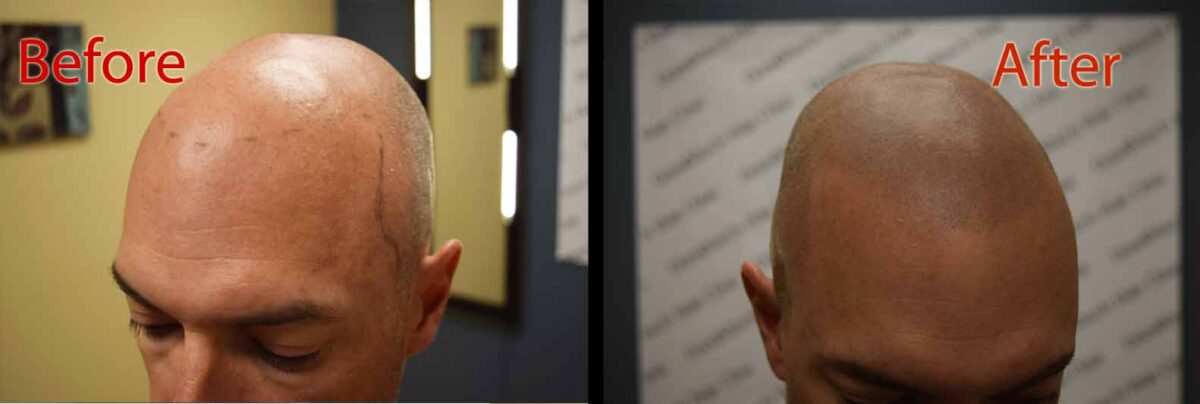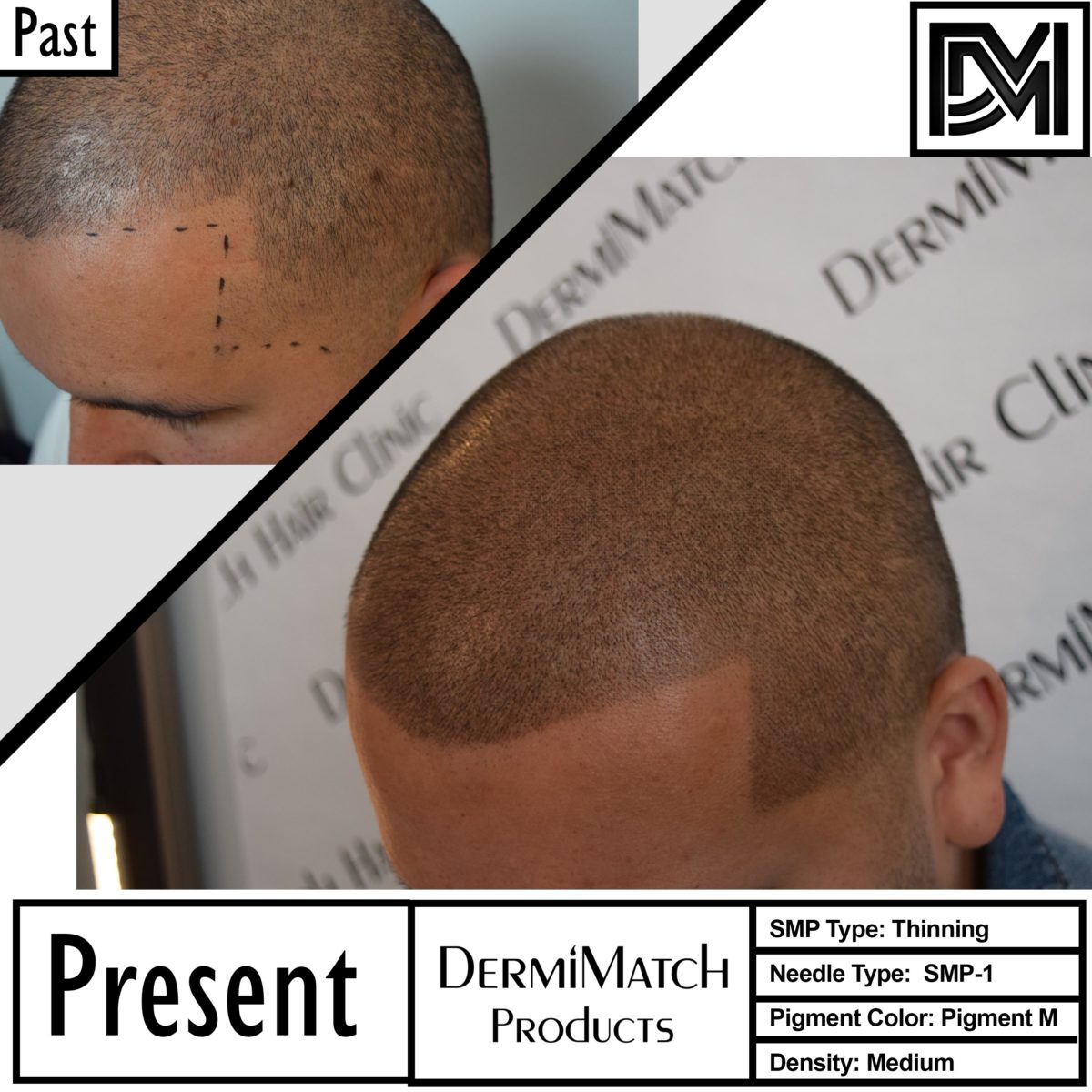Protein is a fundamental building block of hair, and a diet rich in protein can significantly contribute to healthy hair growth and maintenance.
Studies have shown that a deficiency can lead to hair loss, while adequate protein intake can support follicle health and promote stronger, thicker hair.
Let’s explore the role of protein for hair growth.
Does Protein for Hair Growth Work?
Protein Synthesis
Follicles are primarily composed of keratin. A diet rich in protein provides the necessary amino acids for keratin synthesis, ensuring hair growth and development.
Cell Division
Protein for hair is essential for cell division, a process vital for follicle growth and repair.
Hormone Regulation
Certain hormones, such as thyroid hormones, play a role in hair growth. Protein is involved in the production and regulation of these hormones.
Does Science Support the Claim?
A study published in the Journal of Dermatology found a direct correlation between deficiency and hair loss. Participants with low protein intake experienced increased shedding and thinning.
Research in the Journal of Nutrition has demonstrated the importance of specific amino acids, such as lysine and cysteine, for hair growth and strength. These amino acids are essential for the synthesis of keratin.
Foods Rich in Protein for Hair
Lean meats
Chicken, turkey, fish, and lean beef are excellent sources of complete protein, providing all the essential amino acids necessary for growth.
Eggs
Eggs are a complete protein source, rich in biotin and other nutrients that support hair health.
Dairy products
Greek yogurt, cottage cheese, and cheese are excellent sources of protein and calcium. You need these nutrients for healthy hair.
Legumes
Beans, lentils, and chickpeas are plant-based sources that offer a variety of nutrients beneficial for hair growth.
Nuts and seeds
Almonds, walnuts, pumpkin seeds, and chia seeds are packed with protein and healthy fats that can nourish follicles.
Soy products
Consuming soy protein can support the synthesis of keratin, leading to healthy growth. Soybean, tofu, tempeh, and edamame are excellent sources of plant-based protein.
Scalp Micropigmentation
In cases of severe or irreversible hair loss, scalp micropigmentation can be a valuable solution. SMP involves the non-surgical application of pigment to the scalp to mimic the appearance of shaved hair follicles.
This can provide a natural-looking appearance and boost confidence for individuals experiencing hair loss.
A diet rich in protein is essential for healthy growth and maintenance. By incorporating foods into your diet and ensuring you’re getting enough of other essential nutrients, you can support the health and vitality of your hair.
For individuals with severe hair loss, scalp micropigmentation can be a complementary solution to restore confidence and improve appearance.
But to get the best Arizona SMP results for hair loss, get help from DermiMatch scalp experts. Highly skilled and experienced SMP practitioners have helped thousands of clients with hair loss woes overcome the fear and pain associated with scalp problems.
Schedule a consultation now and take the first step toward overcoming your scalp issues.

